Composting is not just about recycling kitchen scraps and yard waste; it’s also a powerful way to enrich your garden soil and promote healthy plant growth. By incorporating flower-friendly composting techniques into your gardening routine, you can create nutrient-rich soil that provides essential nourishment for your flowers, enhances soil structure, and supports a thriving garden ecosystem. In this guide, we’ll explore how you can harness the power of composting to cultivate lush, vibrant flower beds that bloom with beauty and vitality.
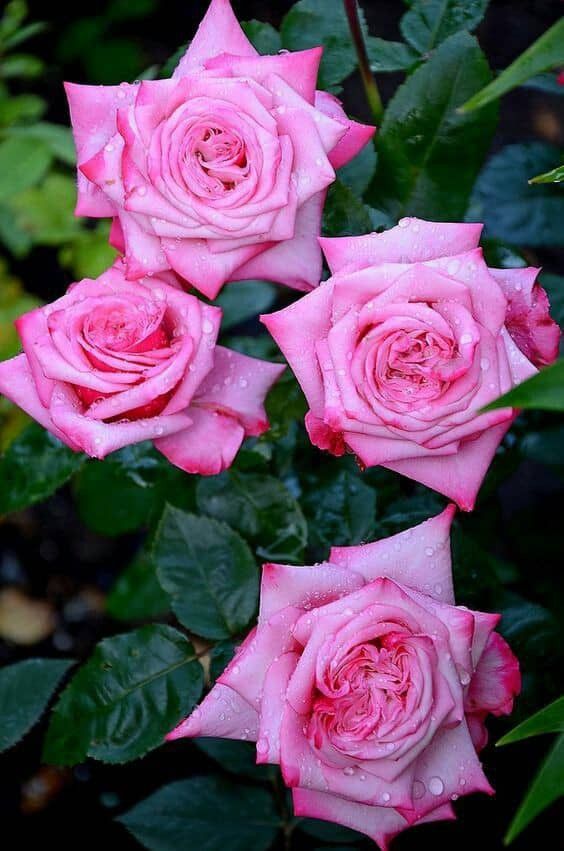
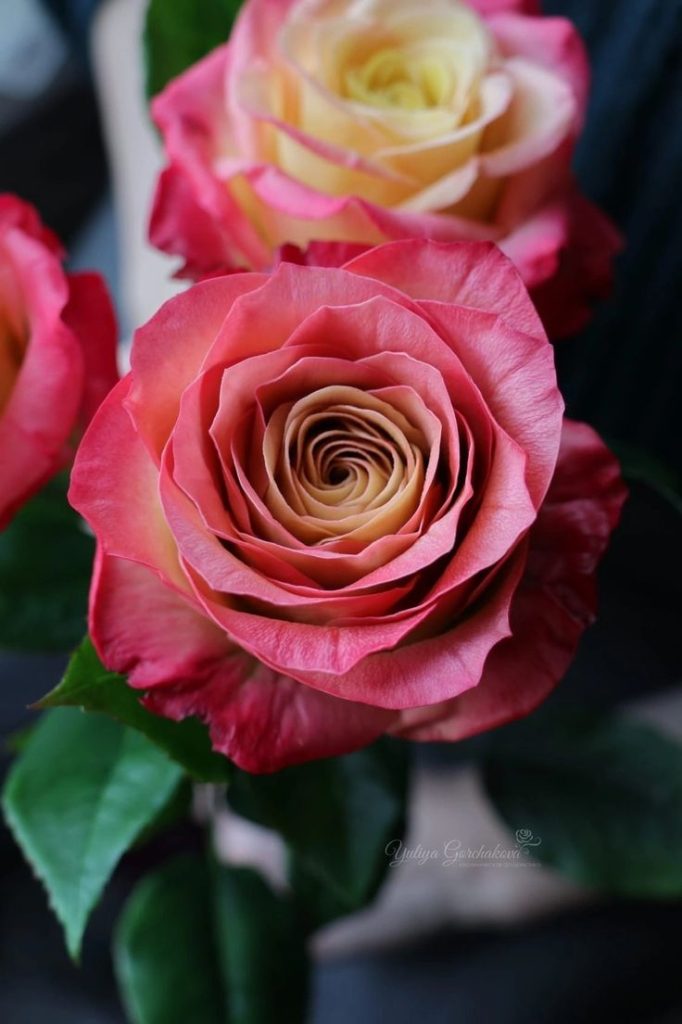
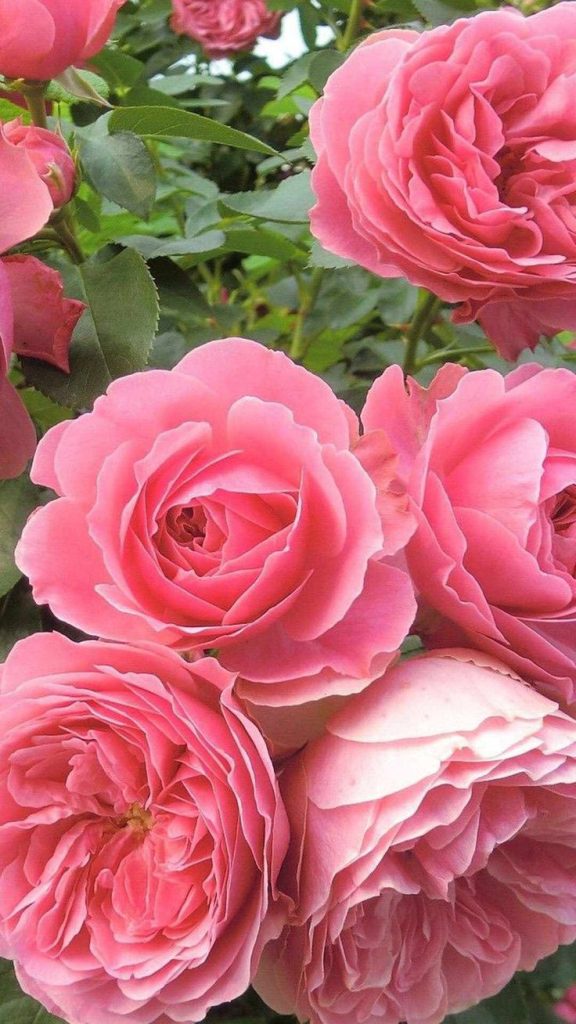
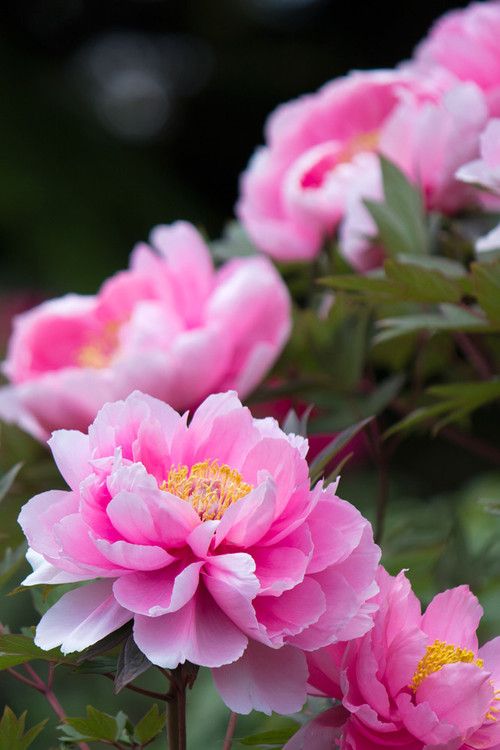
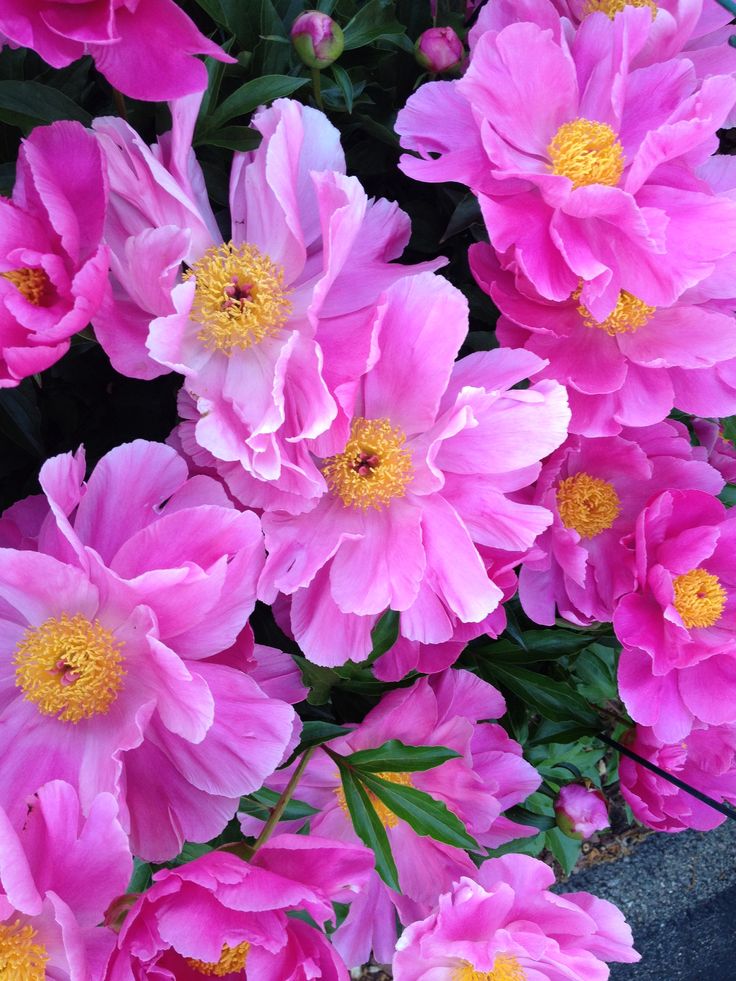
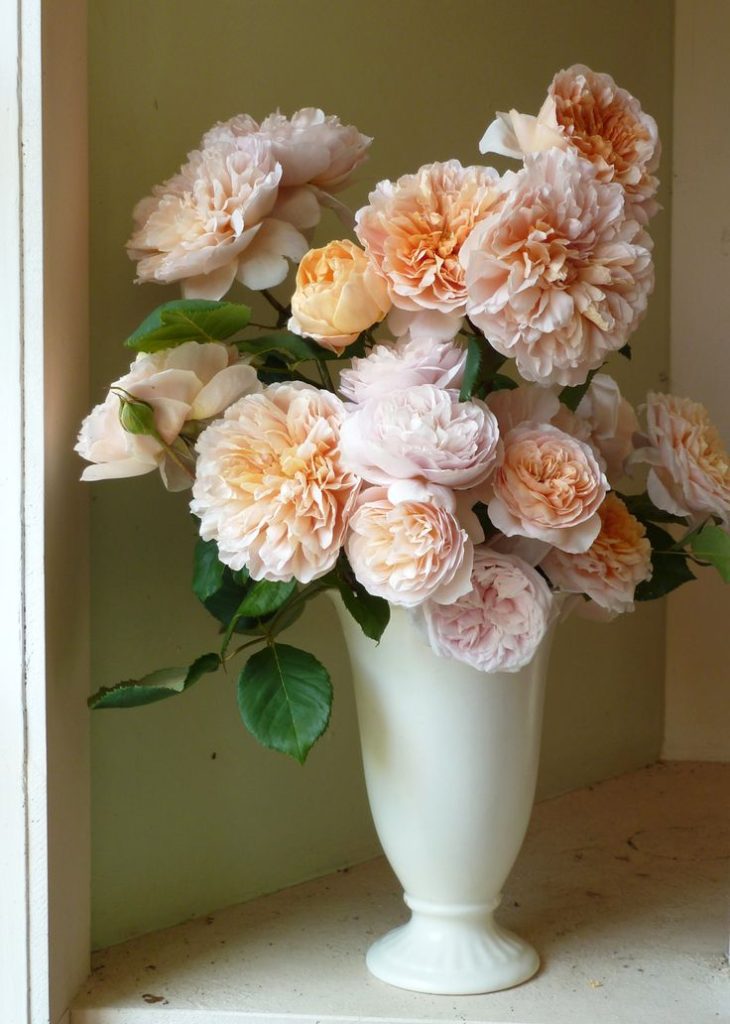
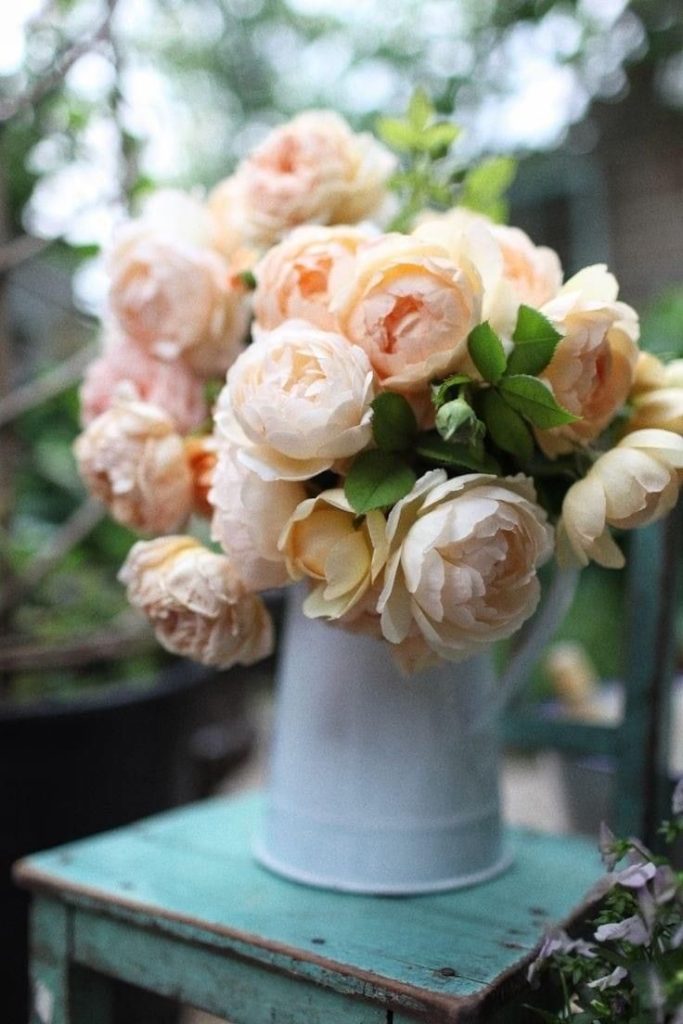
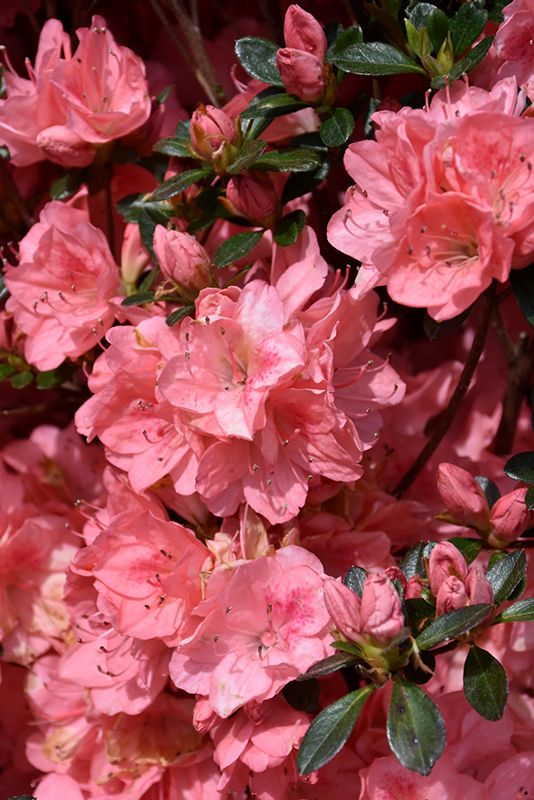
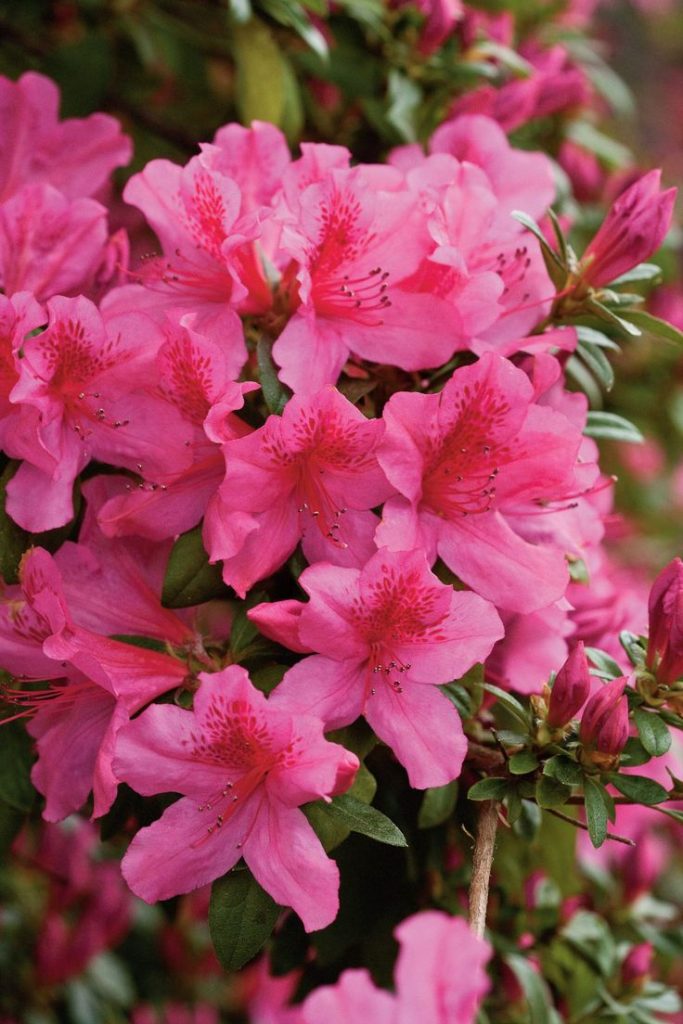
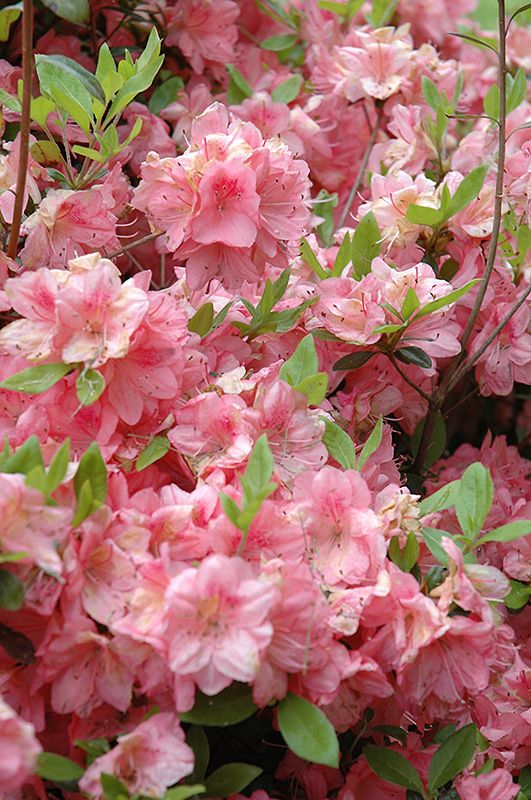
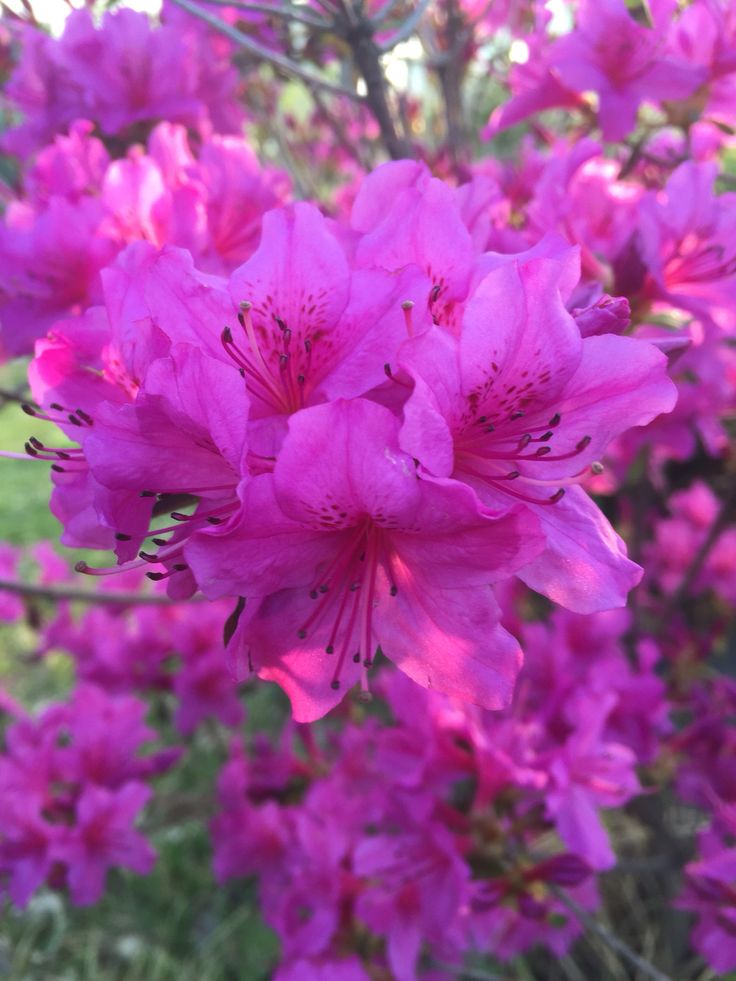
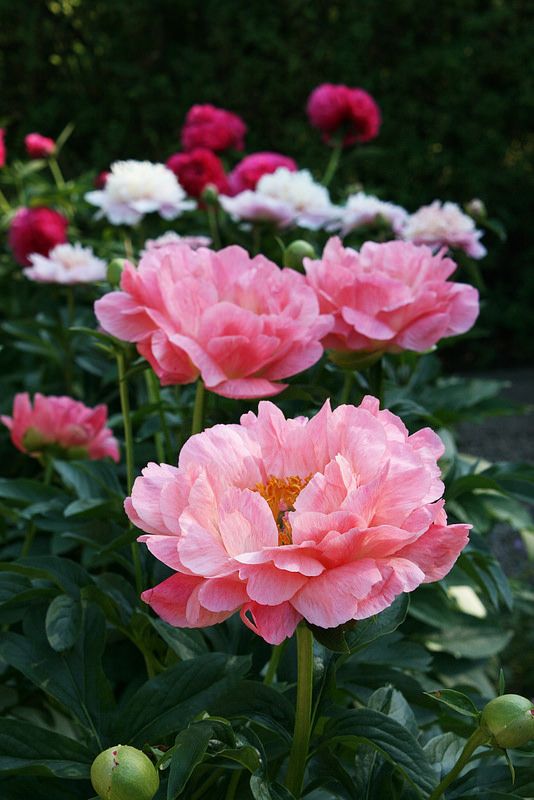
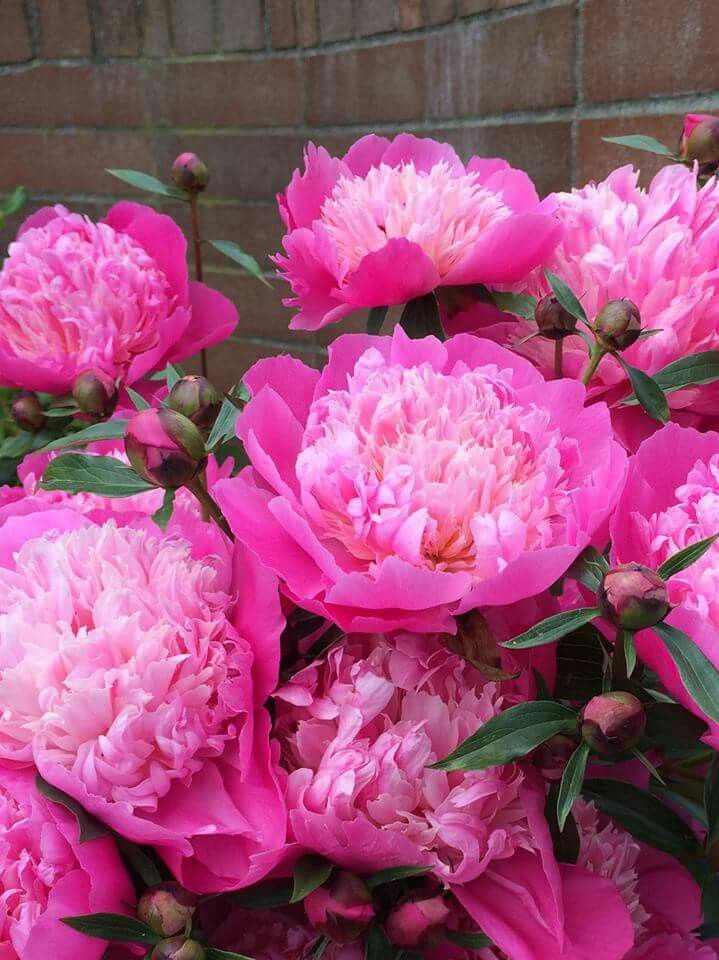
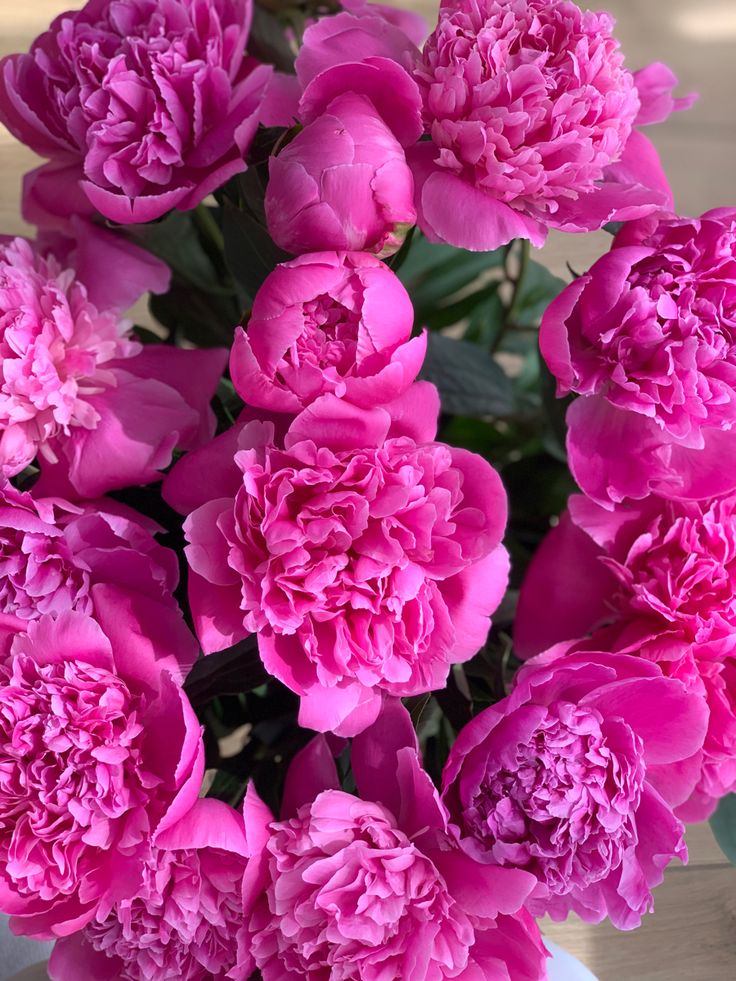
Understanding the Benefits of Composting for Flowers
- Nutrient-Rich Soil: Compost is often referred to as “black gold” for its ability to enrich soil with essential nutrients such as nitrogen, phosphorus, and potassium. These nutrients are vital for healthy plant growth and flowering, providing flowers with the fuel they need to thrive and bloom abundantly.
- Improved Soil Structure: Compost helps improve soil structure by increasing its ability to retain moisture, aerate, and drain excess water. This creates a healthy growing environment for flowers, with well-balanced soil that promotes root development and prevents waterlogging and compaction.
- Natural Pest and Disease Resistance: Incorporating compost into your flower beds can help improve the overall health and resilience of your plants, making them more resistant to pests and diseases. Healthy, nutrient-rich soil strengthens plants’ immune systems and reduces their susceptibility to common garden problems.
Flower-Friendly Composting Techniques
- Selective Composting: Collect organic materials specifically suited for flower-friendly composting, such as kitchen scraps (fruit and vegetable peels, coffee grounds, eggshells), yard waste (grass clippings, leaves, trimmings), and flower cuttings (spent blooms, deadheading debris). Avoid adding materials that may contain weed seeds, invasive plants, or plant diseases to prevent potential problems in your compost.
- Layering Technique: Use a layering technique to build your compost pile, alternating between green (nitrogen-rich) and brown (carbon-rich) materials. Green materials include fresh kitchen scraps and garden waste, while brown materials include dried leaves, straw, and cardboard. This balance of ingredients helps speed up the decomposition process and produces high-quality compost.
- Aeration and Moisture: Regularly turn and aerate your compost pile to provide oxygen to the microorganisms responsible for breaking down organic matter. This helps speed up decomposition and prevents the compost from becoming anaerobic and smelly. Keep the compost pile moist but not waterlogged, as excessive moisture can inhibit decomposition and lead to unpleasant odors.
Using Compost in Flower Beds
- Incorporating Compost: Incorporate finished compost into your flower beds by mixing it thoroughly into the soil before planting or as a topdressing around established plants. Aim for a layer of compost about 1-2 inches thick to provide a nutrient boost and improve soil structure.
- Compost Tea: Brew compost tea by steeping finished compost in water to create a nutrient-rich liquid fertilizer for your flowers. Use a mesh bag or old pantyhose to contain the compost and steep it in a bucket of water for 24-48 hours. Strain the liquid and use it to water your flowers for a natural, organic fertilization boost.
Maintenance Tips
- Regular Turning: Turn and aerate your compost pile regularly to ensure even decomposition and prevent odors. Use a pitchfork or compost aerator to mix the materials thoroughly and introduce oxygen into the pile.
- Monitoring Moisture Levels: Monitor the moisture levels of your compost pile regularly and adjust as needed to maintain a damp but not soggy consistency. Add water if the compost is too dry or incorporate dry brown materials if it’s too wet.
Conclusion
Flowers are among the most beautiful and rewarding plants to grow in your garden, and with the help of flower-friendly composting techniques, you can ensure they have everything they need to thrive and flourish. By harnessing the power of compost to enrich your soil with essential nutrients, improve soil structure, and promote natural pest and disease resistance, you can create an environment where your flowers can reach their full potential and bloom with vitality and beauty. So, roll up your sleeves, grab your compost bin, and start composting your way to a garden filled with lush, vibrant blooms that will delight your senses and uplift your spirits.